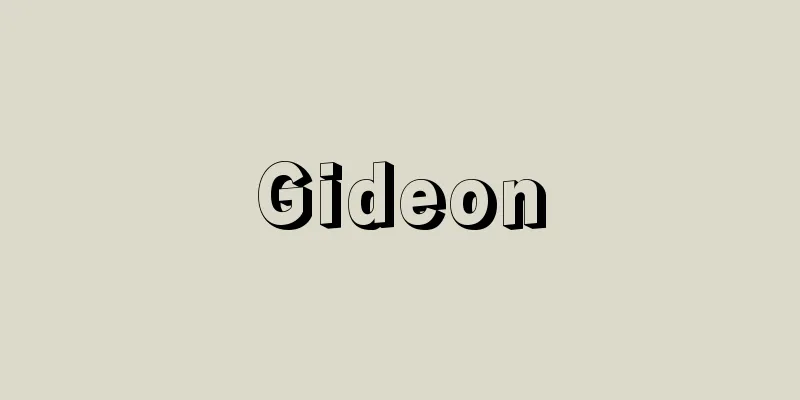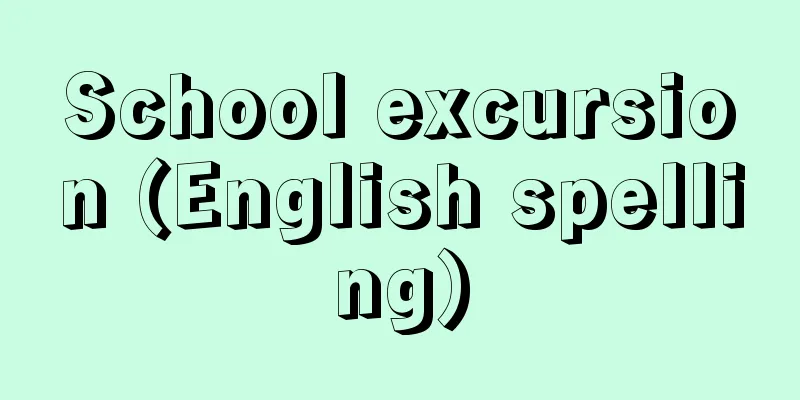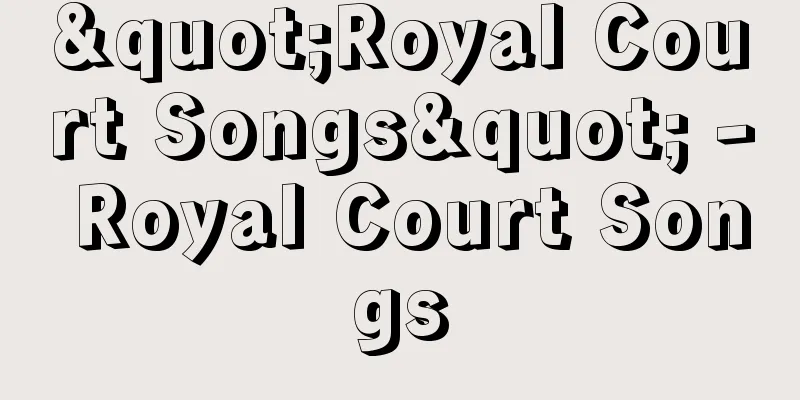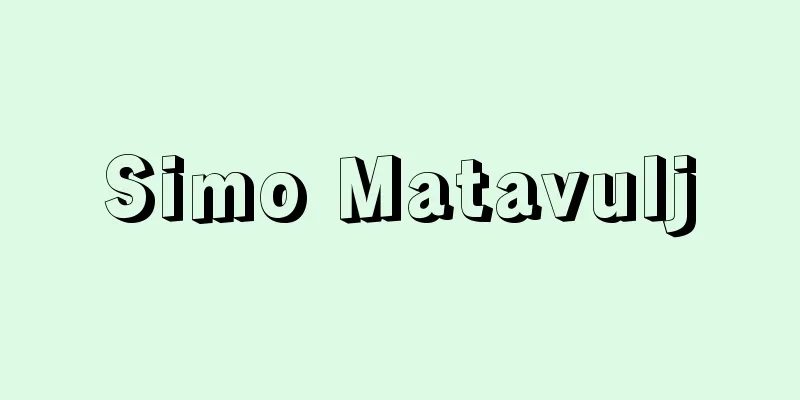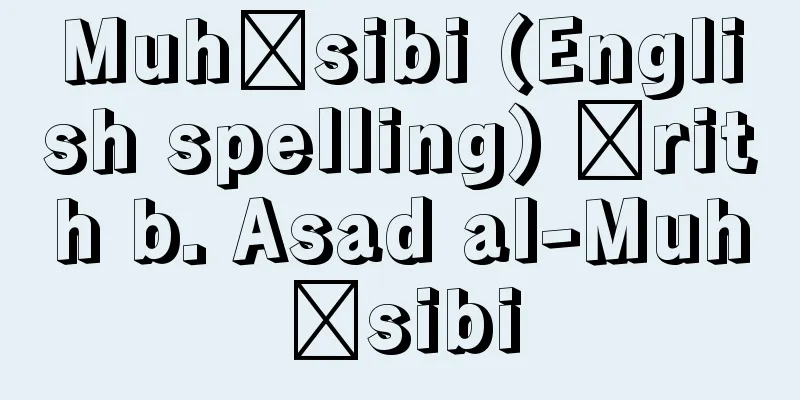Italian Wars - Italian Wars
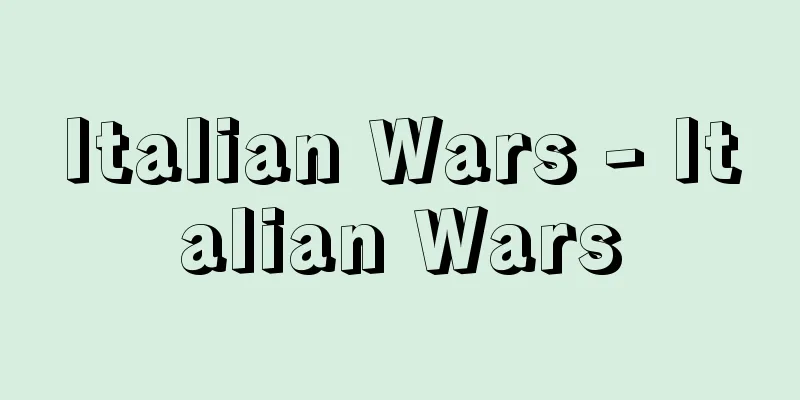
|
From 1521 to 1544, four wars were fought between King Francis I of France and Emperor Charles V of Germany over the hegemony of Italy. France's invasion of Italy began with Charles VIII's invasion of Naples at the end of the 15th century, and the next king, Louis XII, also repeatedly invaded the Duchy of Milan, but was thwarted by counterattacks from an alliance of anti-French forces in Italy, first led by Emperor Maximilian I of Germany, and then by Pope Julius II. Francis I, who succeeded Louis, also attempted to advance into northern Italy, allied with Venice, and won a decisive victory over the allied forces at the Battle of Marignano in 1515, taking control of the Duchy of Milan. However, after the death of Maximilian in 1519, King Charles I of Spain defeated Francis I and was elected German Emperor (Charles V), and in 1521 he led an army to recapture the Kingdom of Milan, sparking the Italian Wars. The wars were repeated: the first from 1821 to 1826, the second from 1826 to 1829, the third from 1836 to 1838, and the fourth from 1842 to 1844. The first war ended with a complete defeat for France, with Francis I captured, and the Treaty of Capitulation of Madrid forcing France to renounce all rights in Italy. However, Pope Clement VII, fearing the growing power of German forces, began to gather forces within Italy, so Francis immediately abolished the surrender treaty and signed a treaty with Germany, starting the second war. However, the superiority of the German army remained unshakable, and they advanced south from northern Italy and approached Rome, so the Pope surrendered and made peace with Charles, and the Treaty of Cambrai was concluded between Germany and France. During the attack on Rome, German mercenaries invaded the city and plundered it (Sacco di Rome), destroying much of the essence of Renaissance culture. Francis did not abandon his ambitions in Italy, and allied with Turkey to resume the third and fourth wars, but neither war produced any results, and the Italian Wars came to an end with the death of Francis I (1547). [Shosuke Hirajo] Source: Shogakukan Encyclopedia Nipponica About Encyclopedia Nipponica Information | Legend |
|
1521年から44年まで、イタリアの覇権をめぐって、フランス国王フランソア1世とドイツ皇帝カール5世との間に戦われた4回の戦争。フランスのイタリア侵入は、15世紀末のシャルル8世のナポリ進攻に始まり、次の王ルイ12世もミラノ公国を目標に侵入を繰り返したが、初めはドイツ皇帝マクシミリアン1世の、ついで教皇ユリウス2世を中心とするイタリア国内の反フランス勢力の同盟の反撃により挫折(ざせつ)した。ルイの後を継いだフランソア1世も北イタリア進出を企て、ベネチアと結んで、1515年マリニャーノの戦いで同盟軍に決定的勝利を収め、ミラノ公国を手中に収めた。だが1519年、マクシミリアンの死後スペイン王カルロス1世がフランソア1世を破ってドイツ皇帝に選ばれる(カール5世)と、1521年ミラノ王国奪回の軍を進め、イタリア戦争の口火が切られた。戦争は、第1回21~26年、第2回26~29年、第3回36~38年、第4回42~44年と繰り返された。第1回はフランスの完敗に終わり、フランソア1世も捕らえられ、マドリード降伏条約でイタリアに対するフランスの権利はいっさい放棄させられた。だが、ドイツ勢力の強大化を恐れた教皇クレメンス7世が、イタリア国内の勢力糾合を始めたのをみて、フランソアはただちに降伏条約を破棄してこれと結び、第2回目の戦端を開いた。しかしドイツ軍の優勢は揺るがず、北イタリアから南下してローマに迫ったため、教皇は屈服してカールと和解し、独仏間にもカンブレーの和約が成立した。ローマ攻撃の際ドイツ軍の傭兵(ようへい)がローマ市内に侵入、略奪を行い(ローマの略奪Sacco di Rome)、ルネサンス文化の精華の多くを破壊する事態が起こった。フランソアはその後もイタリアに対する野心を放棄せず、トルコと結んで第3回、第4回と戦争を再開したが、いずれも成果を収めず、フランソア1世の死(1547)でイタリア戦争は終結をみた。 [平城照介] 出典 小学館 日本大百科全書(ニッポニカ)日本大百科全書(ニッポニカ)について 情報 | 凡例 |
<<: Italo-Turkish War - Italian-Turkish War
>>: Italian Policy - Italianpolitik (English spelling) German
Recommend
Linked Records
A novel by Koda Rohan. Published in Nihon Hyoron i...
Sulfinyl chloride
...Common name for sulfinyl chloride. Chemical fo...
Alcohol positive milk - alcour positive milk
…This refers to milk that cannot be used for drin...
Hydroplaning
...In addition, there are special tires such as s...
Doctrine - Doctrine
〘noun〙 A religious principle or theory. A system o...
Inoue Kakugoro
Politician and businessman. Born in Fukuyama City...
Hankan - Kankan
Years of birth and death unknown. Chinese painter...
European corn borer
...Distributed from Asia to Australia and Microne...
Korean School
In addition to the schools in Japan, which were e...
Hakodate Plain - Hakodate Heiya
A small plain facing Hakodate Bay in the southeast...
Low temperature brittleness
...Leaving aside the fact that brittle materials ...
Ako Castle Town - Akojoka
...Ako Castle remains only in the form of stone w...
Northern opossum
An animal of the Marsupial order of the Mammalia ...
Japanese lily - Japanese lily
A perennial plant of the Rosaceae family that grow...
Tamagusuku [Village] - Tamagusuku
A village in Shimajiri District, Okinawa Prefectur...

